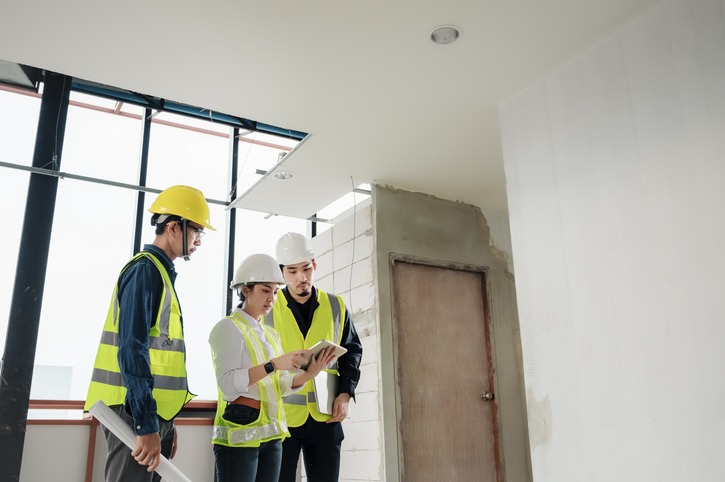A structure that appears in good condition on the outside may contain several hidden defects and critical issues. If you want to sell your Melbourne home soon, our building inspection service may help you sell it sooner and for a higher price. Our report offers your potential purchasers greater confidence if every part of your building is correct. If not, you can resolve any issues before the sale. We evaluate every visible and hidden part of your Melbourne building for faults, flaws, difficulties, and future problems at Premium Pre-Purchase building inspection. We assess where and to what degree these issues occur through our construction inspection.
We recommend how to repair them and how much it will cost below. Our building inspection report also includes information on the sources of issues and their effects. There should be no distractions or accessibility issues for the inspector during a building inspection.
Allow clear access to locations that require inspection
Ensure that the house inspector has complete access to the property. They can’t check an area if they can’t get to it, which is a red signal for purchasers. Clear any debris that stops the inspector from accessing locations or systems that require inspection, such as basements, attics, boiler rooms, and beneath sinks. You can also check out pre purchase inspection for more great options.
Label the fuse box as follows
Identifying the many fuses in a fuse box may be complex and irritating for you and the building inspector. Ensure that each switch in the box is properly labeled and that any bogus labels get removed.
Replace blown lightbulbs as follows
A non-working lightbulb might be a sign of a problem for a building inspection. There are two possibilities: the lightbulb has burned out, or there is an electrical issue. The inspector will do more investigation to establish the reason.
Clean up your house
Obstacles that prevent inspectors from entering and searching areas of the house are one of the most significant hurdles to a building inspection.
Inspectors cannot flow, move, or modify any component of your home because inspections are visual. As a result, they will no longer examine a location and never access it.
An inspector, for example, will no longer flow gadgets out of the way if a store is congested and inaccessible. They will create a note within the file that the place has become unavailable, and the room may also have flaws. Aside from the usual debris, such as cardboard boxes, automobiles, rubbish bins, and massive lumber are all hindrances.
Examine the property’s minor details
After checking the prime flaws of the home, the inspector will go on to the little aspects are unlikely to notice. When money is tight, they are just as significant as major flaws. As a result, look for them ahead of time. Damaged glass, gutters, defective wires, broken screens, burst gaskets, inoperative vents, broken doors or locks, and inaccessible attics or basements are all possibilities. Minor bugs get overlooked. If you haven’t addressed these issues yet, it’s about time you did.
Keep your home clean
If you’re planning to sell your home, you’re probably already used to keeping it tidy. Make the best first impression by cleaning your home. Maintain this positive habit for a little longer and resist the temptation to ignore the appearance of your property. Although cleanliness has no direct impact on the inspection, a dirty or untidy house may create concerns in the inspector’s mind about the overall state of your property. It, in particular, may convey the impression of neglect and poor property care over time. It removes any worries and demonstrates that you care about your home by maintaining it tidy. Inconsistency in the inspection report is never in your favor.

